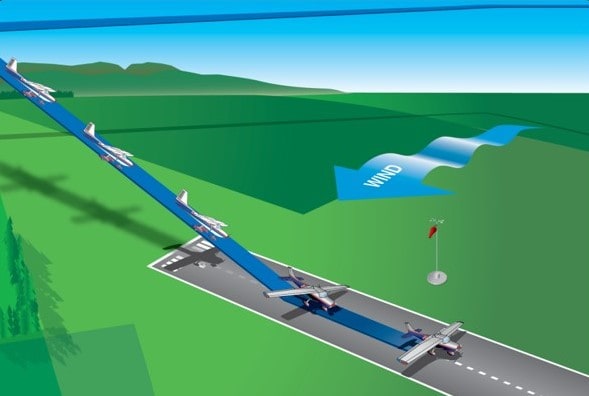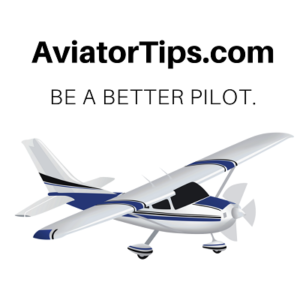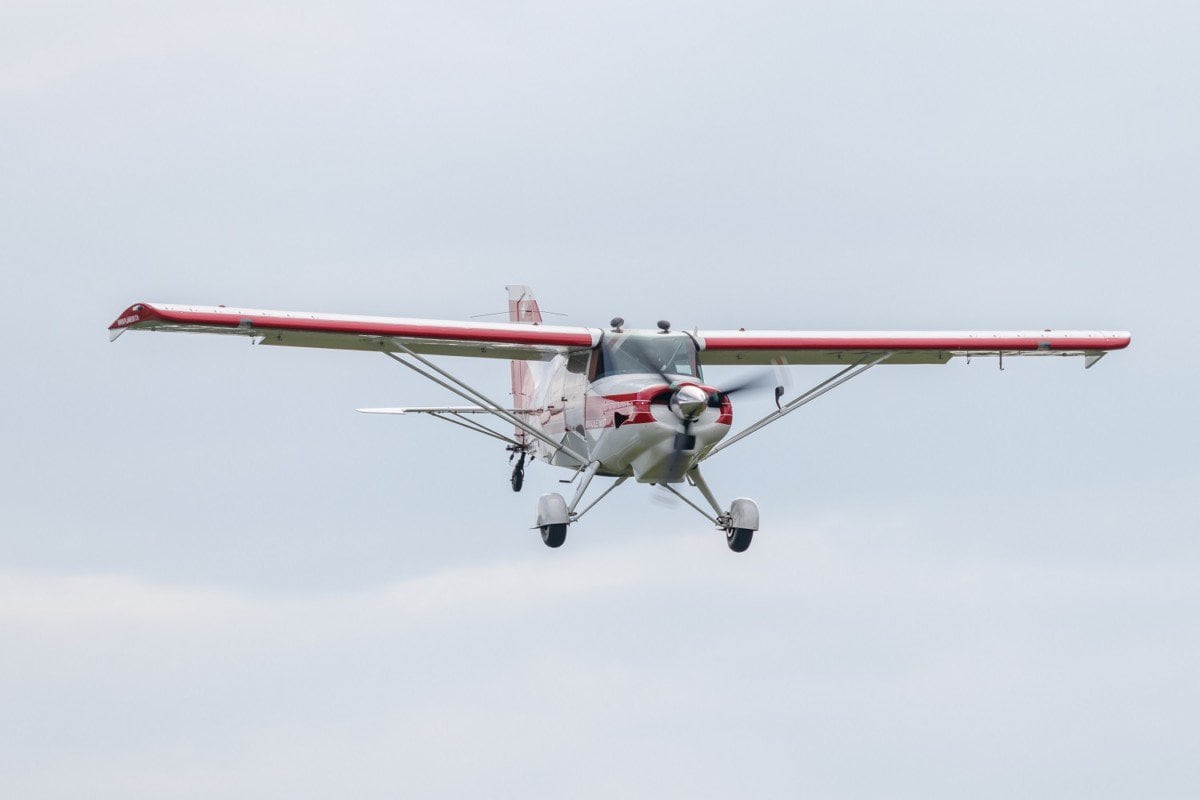Crosswinds, those pesky gusts of wind that blow across runways, are notorious for making pilots sweat, especially during the critical moments of landing. To ensure the safety of passengers and crew, it’s crucial for pilots to master the art of crosswind landings. Buckle up, because we’re about to delve into what crosswinds are, discuss their impact on flight operations, and explore various techniques for how to land a plane safely in a crosswind. But first…
What is the Best Way to Land in a Crosswind?
Two common techniques are the crab technique and the sideslip technique. While the crab technique focuses on aligning the aircraft’s nose with the wind direction to maintain a straight path, the sideslip method involves lowering one wing into the wind and using the rudder to align the plane’s nose with the runway. Sometimes, a combination of both techniques is employed, where pilots initiate the approach using the crab technique and transition to the sideslip method just before touchdown.
The best way to land in a crosswind largely depends on the specific circumstances, pilot experience, and aircraft type. There isn’t a one-size-fits-all solution. Instead, pilots should be familiar with multiple techniques and adapt their approach based on the situation.
The best approach may vary depending on factors such as wind speed and direction, turbulence, aircraft type, and the pilot’s experience and comfort level with each technique. Ultimately, the goal is to ensure a smooth, safe, and controlled landing. As such, the best method is the one that achieves these objectives in the given circumstances.
Understanding Crosswinds
A crosswind is a wind that blows across the direction of an aircraft’s movement, rather than directly along its path. These gusts can be caused by a variety of factors. These include weather systems, topography, and even large structures near the airport. The strength and direction of crosswinds can significantly impact flight operations, posing potential hazards and challenges for pilots attempting to land their aircraft.
Are Crosswind Landings Hard?
Crosswind landings can indeed be challenging for pilots, particularly those who are inexperienced or not well-practiced in handling crosswind conditions. The difficulty arises from the need to counteract the wind’s force pushing the aircraft off course, while simultaneously maintaining a stable approach and aligning the plane with the runway for a safe touchdown.
Several factors contribute to the complexity of crosswind landings. These include wind speed and direction, gusty conditions, turbulence, and the specific handling characteristics of the aircraft being flown. The difficulty can also be influenced by the pilot’s proficiency in executing the various crosswind landing techniques.
That being said, with adequate training, practice, and experience, pilots can become proficient in handling crosswind landings. The key is to be adaptable and apply the appropriate techniques for each unique situation.
Are Crosswind Landings Dangerous?
Crosswind landings can pose potential risks if not managed properly. However, when pilots are well-trained, experienced, and use the appropriate techniques, these landings can be executed safely. The primary concern in a crosswind landing is to maintain control of the aircraft. This requires counteracting the forces of the wind that could cause instability during the approach and touchdown.
Crosswind Landing Techniques
When it comes to landing a plane in a crosswind, there are several techniques pilots can employ. We’ll explore three of the most common approaches: the crab technique, the sideslip technique, and a combination of the two.
Crab Technique
The crab technique is named after the sideways movement of a crab. To execute the crab technique, pilots align the aircraft’s nose with the wind direction. This allows it to “crab” sideways while maintaining the runway’s centerline. This method keeps the plane’s trajectory straight, despite the crosswind’s efforts to push it off course.
The crab technique has its advantages and disadvantages. On the plus side, it’s relatively easy to maintain a straight path toward the runway. However, this method requires a last-minute maneuver to realign the plane’s nose with the runway just before touchdown. This can be challenging for inexperienced pilots.
Sideslip Technique
The sideslip technique involves lowering one wing into the wind while using the rudder to keep the plane’s nose aligned with the runway. This approach creates a “slip” that counteracts the crosswind’s force, allowing the plane to touch down with minimal lateral movement.
While the sideslip technique allows for a smoother touchdown compared to the crab technique, it can be more challenging to maintain a stable approach, as pilots must continuously adjust the aircraft’s attitude to counteract the wind.
Combination of Crab and Sideslip Techniques
Sometimes, the best approach to landing in a crosswind involves combining elements of both the crab and sideslip techniques. Pilots may begin their approach using the crab technique to maintain a straight path. Then, they transition to the sideslip method just before touchdown to minimize lateral movement.
Transitioning between techniques during landing requires skill and practice. Pilots must be adept at making quick adjustments to their aircraft’s attitude and control inputs to ensure a smooth, safe landing.

What Is the Best Crosswind Landing Technique?
There isn’t a universally “best” crosswind landing technique. The most effective method depends on various factors, including the pilot’s experience, aircraft type, wind speed and direction, and specific environmental conditions. As such, the best crosswind landing technique is the one that allows the pilot to safely and effectively counteract the wind’s force while maintaining control of the aircraft, given the specific circumstances and conditions at the time of landing.
Should You Use Flaps in a Crosswind Landing?
The use of flaps in a crosswind landing is generally recommended. Flaps can help to increase lift and slow down the aircraft. This makes it easier to maintain control during the approach and touchdown. However, the specific flap settings and degree of extension may vary depending on factors such as aircraft type, wind conditions, and the pilot’s discretion.
Flaps are used to modify the wing’s shape and increase its surface area, which in turn helps generate more lift at lower speeds. In a crosswind landing, deploying flaps allows the aircraft to approach the runway at a slower airspeed while maintaining sufficient lift. This can provide the pilot with more time and control to counteract the effects of the crosswind and make necessary adjustments during the approach.
It’s important to note that different aircraft have different flap settings and performance characteristics. Pilots should refer to the Pilot’s Operating Handbook (POH) for their particular aircraft.
Preparing for Crosswind Landings
It’s crucial for pilots to stay informed about weather conditions, especially when dealing with crosswinds. Regularly monitoring weather reports, consulting with air traffic control, and using onboard wind-sensing equipment can help pilots anticipate and prepare for challenging landing situations.
Practice makes perfect, and that’s especially true for crosswind landings. Using flight simulators and participating in training exercises are invaluable methods for honing one’s skills in this critical aspect of flight operations.
Air traffic control plays a vital role in assisting pilots during crosswind situations. They provide valuable information about wind conditions, runway availability, and other factors that can influence a pilot’s decision-making process during crosswind landings. Cooperation and clear communication between pilots and air traffic control are key to ensuring safe and efficient operations.
Advanced Crosswind Landing Tips
Gusty conditions can make crosswind landings even more challenging, as the wind speed and direction can change rapidly. To handle these situations, pilots must be prepared to make quick adjustments and remain vigilant for signs of shifting wind conditions.
Turbulence can also complicate crosswind landings. Maintaining a stable approach and employing proper landing techniques are critical for overcoming turbulence and ensuring a safe touchdown. In addition, pilots should be prepared to execute a go-around if turbulence becomes too severe to safely land.
Different types of aircraft respond differently to crosswinds. Pilots must be familiar with the specific handling characteristics of their aircraft in these conditions. For example, smaller planes may be more susceptible to being pushed off course by strong crosswinds. On the other hand, larger aircraft may require more significant control inputs to maintain a stable approach.
Conclusion
Mastering how to land a plane in a crosswind is a crucial skill for pilots. Understanding the various techniques and preparation strategies is key to achieving success. Continuous training and practice ensure that crosswind landings can be executed safely and smoothly. As with all aspects of aviation, proficiency in crosswind landings is a testament to a pilot’s dedication, skill, and commitment to the safety and well-being of their passengers and crew.
Recent Posts
Squawk 7700: What Aviation's Emergency Code Means for Pilots
Learn what Squawk 7700 means in aviation, how pilots use this emergency transponder code, and how air traffic control responds to aircraft emergencies worldwide.
Pitot Static System Failures: Causes, Symptoms, and Prevention
Learn about pitot static system failures, how to identify them, and crucial tips for pilots to ensure safety during critical situations.


